The beautiful burmilla is one of the newest breeds to be officially recognized by the Cat Fanciers' Association. It came about as the result of an accidental mating between a Burmese and a Chinchilla Persian in the 1980s. This sturdy yet elegant cat boasts a silvery-white coat and almost appears to be wearing eyeliner—and nose liner! The breed, while still relatively rare, is beloved by its enthusiasts for being playful, inquisitive, and gentle.
Breed Overview
Personality: Friendly, playful, curious, and sociable with an independent streak
Weight: Up to 12 pounds
Length: Up to 20 inches
Coat Length: Short hair or semi-long hair
Coat Colors: Silver-white with tips or shading that can include black, blue, chocolate, cream, lilac, and tortoiseshell
Coat Patterns: Shaded or tipped
Eye Color: Green
Lifespan: Up to 15 years
Hypoallergenic: No
Origin: United Kingdom

Burmilla Characteristics
The burmilla breed is affectionate and sweet-natured. It loves attention but not in the sometimes demanding manner of the Burmese. It tends to be relatively quiet, although it is generally more playful and curious than the Persian. Burmillas can even be a bit mischievous and are known for having slightly goofy, almost clown-like characters.
Although they do enjoy the company of their people, they have an independent streak, so they make great cats for working owners. They also tend to get along well with other cats and dogs, providing the introductions have been done carefully.
| Affection Level | Medium |
| Friendliness | High |
| Kid-Friendly | High |
| Pet-Friendly | Medium |
| Exercise Needs | Medium |
| Playfulness | High |
| Energy Level | Medium |
| Intelligence | Medium |
| Tendency to Vocalize | Low |
| Amount of Shedding | Medium |

History of the Burmilla
The burmilla has a rather noble and recent history. The breed began quite by accident in the early 1980s when a Chinchilla Persian and a Burmese, owned by a baroness in the United Kingdom, mated unexpectedly.
The resulting kittens had darkly shaded, thick, short coats. They were so striking that the Baroness, who already bred Persians, decided to develop a breeding program for this type of cross.
They gained championship status in the United Kingdom in the 1990s, but it wasn't until 2011 that the Cat Fanciers' Association recognized the burmilla breed.
Burmilla Care
Short-haired burmillas require little in the way of grooming; an occasional brushing will help remove loose hair and keep their coats shiny. Longer-haired burmillas benefit from regular (weekly) brushings and an occasional bath to keep their silky hair free of tangles.
Burmilla cats often retain a kitten-like exuberance for life well into adulthood, making them fun pets. Because of this playful and curious streak, though, you should make sure your burmilla is getting enough stimulation and enrichment around the home. A bored burmilla could seek out its own means of entertainment—and that could include destructive behavior.
Common Health Problems
So far, the burmilla does not appear to have any specific genetic problems. Periodontal disease is one of the most common health problems for any cat breed. Making sure you provide a good quality diet and trying to introduce a dental hygiene regime from a young age can be beneficial.
If your cat tolerates having its teeth brushed a few times a week, this can make a big difference. You should always introduce the toothbrush gradually, keeping sessions short. If you pair it with lots of positive rewards, then your cat should learn to accept these sessions more willingly.
Appearance
The burmilla is a muscular yet elegant medium-sized cat with a thick double-layered coat that feels soft and silky. Occasionally, burmillas can have a slightly longer coat that is classed as semi-long hair. This is a result of the recessive gene from the Chinchilla.
Burmillas come in a variety of coat colors and patterns. They are either tipped or shaded. If they have a tipped coat, this means they have a light color that covers a silver or golden undercoat. The silver-tipped cats can often look close to white. Shaded burmilla have a darker color pattern that primarily appears over the top of their back and shoulders and on the outside of their legs.
Diet and Nutrition
The burmilla, like all cats, will need a quality, high-protein diet. They are not as prone to obesity as some other breeds, but care should still be taken to ensure you do not overfeed them.
Where to Adopt or Buy a Burmilla
Because of their rarity, you may have to travel a fair distance or be on a waiting list to secure a burmilla kitten. The Fanciers' Breeder Referral List (FBRL) maintains a directory of cat breeders, including the few burmilla breeders in the United States.
Burmilla Overview
The burmilla is a very adaptable breed, and they make excellent family pets. The Burmese and the Chinchilla Persian both have very different personalities, and the burmilla has inherited positive attributes from each.
Affectionate and playful
A healthy breed
Low maintenance coat
Rare (few breeders in the US)
Their curiosity can sometimes lead to trouble
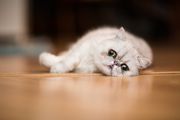
More Cat Breeds and Further Research
If you’re interested in similar breeds, check out:
- Birman
- British Shorthair
- Turkish Van
Otherwise, check out all of our other cat breed profiles.
- Are burmillas friendly cats?
Burmillas are very friendly and playful, but they can also be left alone for short periods because they are fairly independent.
How much does a burmilla cat cost?Though rare, a burmilla cat costs between $800 and $1,200, which is comparable to many other breeds.
Do burmilla cats have genetic health issues?The burmilla breed is relatively new, but no genetic health problems are apparent in the breed.
Related Article
 cat-basic-training
cat-basic-trainingCats Need Enrichment, TooâHere Are 6 Ideas on How to Provide It
Cats are amazing, intelligent creatures. Their lifestyle reflects the predatory skills and behavior
 cat-basic-training
cat-basic-trainingWhy You Should Not Scruff a Cat to Discourage Bad Behavior
Scruffing is a general term for a variety of holds on the skin of a cat’s neck. Cats are only gra
 cat-behavior-problems
cat-behavior-problemsWhy Does My Cat Scratch the Floor After Eating?
You may have noticed that before and/or after your kitten or cat eats or drinks, it will paw, scrat
 cat-behavior-problems
cat-behavior-problemsDo Cats Get Jealous? The Answer May Surprise You
Do cats get jealous? Not exactly. Like people, cats have different personality traits. One of those
 cat-nutrition-and-food
cat-nutrition-and-foodWhat to Know Before You Buy Food and Water Bowls For Your Cat
Buying food and water bowls for your cat isn't a simple matter of picking the cutest pattern or
 cat-toxicology
cat-toxicologyCan You Use Dog Flea Control on a Cat?
Can you use dog flea control on a cat? The short answer is no. It is not recommended to use any pro
 short-haired-cat-breeds
short-haired-cat-breedsAll About Red Tabby Cats
The red cat is a common type that is always tabby in pattern, and males far outnumber females. They
 short-haired-cat-breeds
short-haired-cat-breeds10 Unique Bobtail Cat Breeds
Bobtail cat breeds stand out for their unique tail, or lack thereof. Resulting from a naturally occ
About FleaFree Feline
We are a premier digital platform committed to delivering high-quality content to our readers. Our mission is to provide accurate, reliable, and engaging information that adds value to our audience's daily lives.
Our team consists of experienced content creators and subject matter experts who uphold the highest standards of professionalism. In an era of information overload, we curate content with care, ensuring our users receive only the most relevant and trustworthy information.
Beyond just reporting facts, we focus on depth and context. Through expert analysis, comprehensive research, and clear presentation, we help our audience gain meaningful insights and make informed decisions.
We take pride in being a trusted information source for our growing community of readers. Our user-first approach means we continuously adapt to provide content that meets our audience's evolving needs and interests.
Innovation and excellence drive everything we do. We're committed to improving our platform and services to deliver the best possible experience for our users.

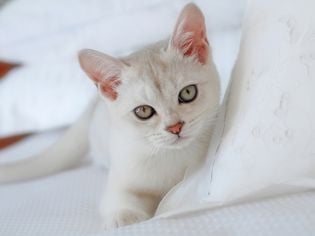
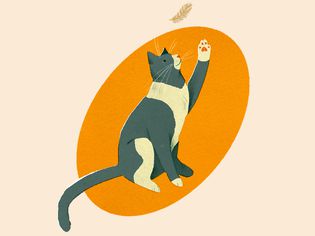
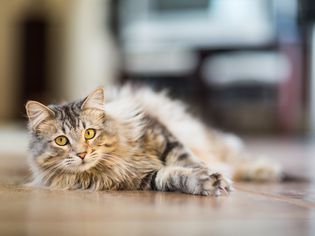
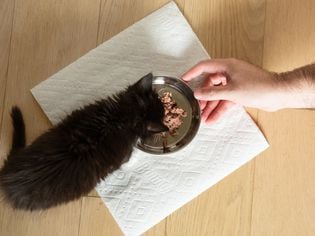

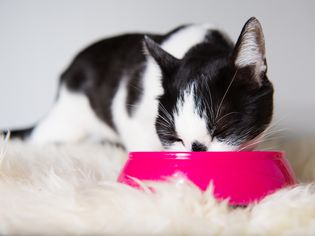
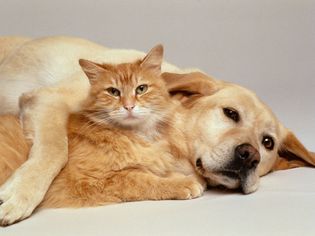
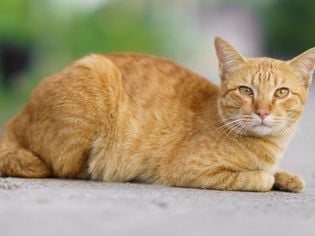
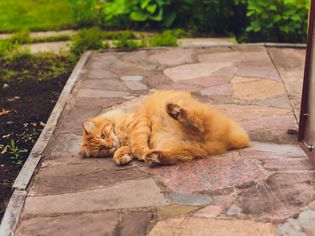
Comments on " Burmilla: Cat Breed Profile, Characteristics & Care" :